There are some unfortunate trends that single player video games developers are following, and many excellent game design concepts that aren’t being used. In this article we will show you both sides of the equation.
It is no secret that most single player games today follow the same formula, falling into our “Dont’s” category and largely ignoring the things in our “Do’s” category. But everything in our “Do’s” category has been done in the past, but unfortunately they seem to be primarily a thing of the past now.
From storytelling to gameplay design, level design and sound design, we will be looking at a bit of everything. This is by no means a complete list of course; a complete list for such a thing can’t really be compiled as game design involves creative, artistic work. But everything here should be considered by developers and publishers.
This article revolves around more story-driven single player games, not strategy games, and the concepts we encourage are vague enough to apply to many different kinds of video games. Let us first begin with the “Don’ts” or the design pitfalls most video games are falling into.
Beware that this article is filled with spoilers for various video games. Also, special thanks to Charcharo for aiding with this article and adding ideas and examples.
Dont’s
This page contains design choices that are overemphasized or misused. We are not saying these concepts need to be abolished entirely. Except for one, which is the use of waves of enemies with infinite respawns. Non-stop enemies. It’s excessively gamey and serves no purpose other than to add synthetic difficulty and to chew up time. Developers, never use this.
Now, let’s look at the bigger concepts.
Let us tackle perhaps the biggest issue first. So many video games now are emphasizing a cinematic approach, but rather than using cinematic presentation in a way that benefits the games, they are simply trying to copy movies completely and making huge sacrifices in gameplay, level design, and storytelling. These games try to get you to focus on the “cinematography” as well as the visuals and acting, and skimp on actual writing quality. And they spoonfeed you the game rather than making you actually play it.
Another storytelling sacrifice with this overdone cinematic presentation is interactivity. Video games are an interactive medium, but these overemphasized cinematic games disregard this interactivity in favor of copying movies, thus you watch rather than play. Therefore, it is clear that these video games hardly want to be games; they want to be movies which is futile since they will never best a good movie at being a movie. They will never approach the cinematography of a Tarkovsky or Kubrick movie (not that they even try this hard), nor the performances of the acting greats. They do not use gameplay or environments in any way to enhance storytelling or vice versa; gameplay and storytelling in these video games are isolated and the game ends up feeling compartmentalized, at least after playing and understanding a true video game masterpiece. Storytelling in these cinematic games becomes overly linear and simplified.
They aren’t even copying the most artistic films, they just copy mainstream AAA blockbusters which, like the games themselves, are lacking (to say the least) in originality, artistic vision, writing quality and depth. The plots are almost always very simple, typically the same things that have been done a million times before. They tend to be black and white, characters tend to be one-dimensional (although many of these video games hardly even have real characters), thematic elements tend to be non-existent. There are very few exceptions.
Attempting to be a movie just shows the developers’ lack of faith in the video game medium. And this “interactivity” we encourage can come in many forms, not just funneling the player into a decision like Telltale games. More on that on the next page.
The video games most guilty of this cinematic overemphasis are the Uncharted games, The Last of Us, the recent Tomb Raider games, Metal Gear Solid games to some extent (pre MGS5), and many others. Fallout 4 is guilty as well. Let us look at the other sacrifices these games made in the name of cinematics, beyond “static” storytelling that belongs to another medium.
All four Uncharted games, The Last of Us, the Metal Gear Solid games prior to The Phantom Pain, and the recent Tomb Raider games all made the same sacrifices somewhat. Not only did they sacrifice storytelling as we just explained, they sacrificed so much in gameplay and level design; both of which are designed clearly to rush the player into the next cutscene. The levels are extremely static, linear, typically reusing far too many textures and models, and having very little if any exploration. They aren’t detailed and still feel like video game levels rather than a believable world or location.
Nor do they use the environments to enhance storytelling in any way, like more artistic, serious video games sometimes do. They have some cool set pieces, but they are either out of reach or are only used with QTEs, unlike say Half-Life, S.T.A.L.K.E.R. Shadow of Chernobyl, Myst series and Riven and Obduction, Fallout series, The Elder Scrolls franchise, and countless other games (PC mostly) in which the amazing set pieces are actually explored and utilized in unique ways.
Gameplay tends to include the repeated use of one or two mechanics, each mechanic designed to be simple enough for children to master, because they only exist to serve as filler content in between cutscenes. The same for the levels, in most of these overly cinematic games. Uncharted gameplay for example is always “kill all the bad guys in this area” with painfully generic mechanics, poor AI, bullet sponge enemies, often times unlimited waves of enemies (a design that should probably never be used). The shooting is just point, shoot many times, reload. Combat also includes bashing, and there are some contextual stealth kills, not that you can rely on them exclusively. The games feature platforming (climbing), this being the other mechanic it uses sometimes. That’s it. Object/environmental interaction is non-existent outside of puzzles, which play off of the platforming mechanics mostly.
The Last of Us isn’t too much different, except the platforming is gone. It does have stealth but it’s not feasible for the entire game, and like Uncharted it is implemented in such a way that makes it forever intertwined with combat, rather than distinct. In other words the stealth is very simple and again, can’t be used for the entire game. The combat is as simple as Uncharted. It has a few tacked on crafting mechanics because that’s another modern trend (the recent Far Cry games misuse it the most).
The recent Tomb Raider video games are even worse off, since they rely on cinematic presentation so much but don’t have the same excellent voice acting as Naughty Dog games, and the dialogue and story are utterly cringe worthy. They rely on the protagonist being a female, and expect this alone to create emotions and affect the player. See what this gamer has to say about the recent Tomb Raider games compared to the old ones. The same points apply to so many other single player video games today.
The first four Metal Gear Solid games are guilty of the same criticism; being overly linear and having overly simplified gameplay compared to other stealth games such as the first three Thief games, Deus Ex series, and Dishonored.
Stealth in the first four Metal Gear Solid games mostly involves sneaking out in the open (or within tall grass in Metal Gear Solid 3), with very few alternate pathways provided. Stealth weapons include melee attacks and a tranquilizer pistol. The only ways to make distractions are by laying down porn magazines, throwing empty pistol magazines, and knocking on walls. Metal Gear Solid 3 at least has some excellent survival mechanics, its healing system needing to be used more in games. Aside from the clunkiness, the shooting mechanics aren’t horrible as it is possible to cripple enemies and such, although the player character is overpowered in every single game in this franchise, especially in The Phantom Pain.
Speaking of The Phantom Pain, it takes away the linearity and lets the player climb almost any ledge, interact with vehicles, and has some impressive AI features. But then it sacrifices storytelling greatly, so sort of the opposite problem of the previous games having overly simple and repetitive gameplay with too much focus on cutscenes.
Fallout 4 sacrifices a great deal of role-playing in favor of a cinematic approach. The player character is too defined, and is always voiced which greatly limits the amount of player dialogue options which always boil down to “Yes”, “No”, and “Sarcastic Yes” which is unacceptably dumbed down for an RPG. It has zero unique dialogue for your character build. The game isn’t even a shell of the RPG that Fallout, Fallout 2, and Fallout: New Vegas are. And the writing quality is rubbish and full of missed opportunities, as explained in our review.
Ubisoft may be the most stupid of all, limiting some their games to 30 FPS and telling gamers that it’s better for being more cinematic. It is more cinematic, as movies are shot at 24 FPS, but it has no benefit for games, only the drawbacks of lower frame rate (less fluid motion, more lag).
Another problem that we can blame on cinematic overemphasis is the use of chromatic aberration and lens flare. The former is an artifact that any photographer tries to avoid, so how is this a feature? Both of these things are present even in first-person video games, as if we’re looking through a camera instead of someone’s eyes. That makes no sense at all.
Should cinematic approach be abandoned entirely? Of course not. There is nothing inherently wrong with including cinematic cutscenes in certain types of video games. My number one dream game is a remake of Planescape: Torment on Unreal Engine 5, with selectable isometric and third-person camera options, but with cinematic dialogues showing all of the motions, expressions, and behavior that the characters are described as doing in the current game’s text. Again, the real issue is games trying to be movies instead of trying to be games. Games making sacrifices to try and be movies, games not taking advantage of the medium.
Not every cinematic game is guilty of this criticism. Deus Ex: Human Revolution and Deus Ex: Mankind Divided are better examples of using cinematic presentation in a story-driven game that takes advantage of the medium properly, using gameplay and the environments to enhance storytelling and vice versa, even though both are lesser games than the first Deus Ex game. BioWare used to get it right, taking advantage of the medium in gameplay design and storytelling while remaining cinematic. BioWare managed to take from movies and pen and paper RPGs, and transform them into a distinct video game format that can only be a video game. The Witcher 2 and The Witcher 3 also showcase cinematic design influences while drawing on the power of gaming in several ways.
Perhaps the most well executed cinematic game was actually released long before cinematic style was a standard in gaming. That game is Anachronox, which released in 2001. It was created by the same developers as Deus Ex. This game is as cinematic as it gets, no less cinematic than anything by Naughty Dog, yet it also borrows from RPGs while using similar brilliance shown by Deus Ex, resulting in a wonderfully interactive and cinematic masterpiece with much better writing and more clearly defined style than modern cinematic games. In fact, the first 20 minutes of Anachronox objectively showcase more world building than the entirety of most games (especially these modern cinematic games).
Anachronox was one of the first and one of the best cinematic video games, and one of the first that had all its cutscenes put together to make a movie.
Developers making a single player game with a cinematic approach need to remember that they are making a game, not some pretend movie.
M rated games are for ages 17 and above. Such people shouldn’t need their hands held, they should be able to figure out how to do quests on their own. T rated games shouldn’t force so much hand holding either, make it optional if anything. A lot can be accomplished with thorough gameplay customization.
Opening tutorials are good in order to explain how the game works, but more single player games need to stop there. They should not explain exactly where to go for each quest and exactly how to complete it, which is what the vast majority of games do. See the approach that the classic Thief games, S.T.A.L.K.E.R. Shadow of Chernobyl, the first two Fallout games, Planescape: Torment, Arcanum: Of Steamworks and Magick Obscura, The Elder Scrolls III: Morrowind, Arx Fatalis, Pathologic 2, Unreal, and plenty of others take.
These games do provide a quest log, and in it the goal of the quest is listed. But instructions are not provided on how to complete them; it is up for the player to find out, as many of these games include more than one way to finish a quest. It is more realistic, like how the classic Thief games also have a drawn map that doesn’t act as a GPS. In real life there is no one to guide you every step of the way.
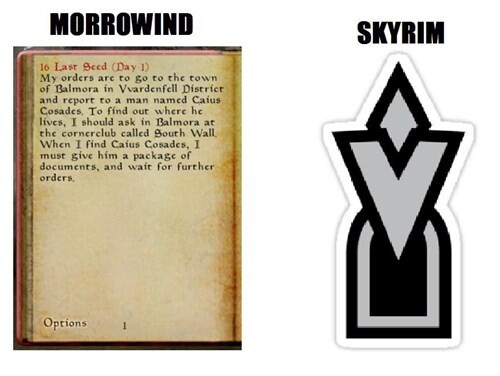
Investigating and finding things out yourself is so much more rewarding than following instructions until the task is complete. If anything, take after Dishonored and Deus Ex: Mankind Divided, which have optional quest markers and helpers. They can all be disabled thus leaving you to your own devices. This way, all parties are satisfied.
This goes beyond quest markers and overly detailed quest logs too. HUDs need to stop being so intrusive, it’s as insulting as it is both distracting and irritating.
Too many story-driven games, especially the overly cinematic ones described above, have a story that is too black and white. Such stories are simply good guy vs bad guy, and no reason is given to have any sort of empathy or understanding for the bad guys. Not every game needs to avoid this of course, but those looking to tell a remarkable story need to. Include more than two parties, more than just player versus bad guys, in larger scale games at least. Pull the player in different directions, make the player conflicted. Multidimensional, well written characters are a great way to achieve this.
Not that video games are the only things guilty of this, as it’s a lingering issue in film and TV too. It is not always a bad idea to force the player to do something he or she doesn’t want to do, the best examples of this being found in every game made by Frictional Games (Penumbra: Overture, Penumbra: Black Plague, Amnesia: The Dark Descent, SOMA), and such a thing can have tremendous impact in a story that isn’t black and white.
Having grey areas, complex multidimensional characters, tugging different players in different directions, all while the writing beneath it all is good, will lead to lots of discussion/debates, strong feelings, and thus a strong potential fanbase. The material will live on for longer. Maybe try to humanize the enemies somewhat? It can be as simple as having regular enemies talk about their personal lives and the like, such as to portray them as human, as seen in the Wolfenstein games, Metro 2033 and Metro: Last Light, Deus Ex games, and many others. It is also possible to go a step further and do this same thing with an actual important, developed antagonist character so that they’re not just a stereotypical “evil villain.”
This “Don’t” actually doesn’t apply to all story-driven single player games. There are games that would work no other way, like Anna. Nonetheless, having the game not revolve entirely around the player is an underused concept.
If the entire game involves nothing other than the player, it can get stale, seem too unrealistic and too staged. Half-Life and Unreal tried to avoid this in 1998, by making it possible for enemies to fight each other. As a result of this, they feel more alive, realistic, and dangerous than most other shooters. S.T.A.L.K.E.R. Clear Sky takes this to another level with its faction wars, not to mention the dynamic A-Life behind all of the S.T.A.L.K.E.R. games makes it so the world doesn’t revolve around the player to the point where it can significantly alter plot progress in Clear Sky. Games created by Bethesda Game Studios succeed here thanks to the randomness of their open world.
Don’t be afraid to add a level of randomness, whether it’s dynamic AI like S.T.A.L.K.E.R.’s A-Life or Bethesda’s Radiant AI, or perhaps randomized quests and loot. That’s right; side quests can be randomized and change for every playthrough, as Underhell shows. Not every game needs this, but it is an underused concept. Randomness can be a great thing when implemented properly, adding replay value and unpredictability. It can provide gamers with different stories to share, and it helps alleviate the game world seeming too focused on the player.
It makes the world seem more believable, and most single-player games would benefit from things like this. The horror genre, particularly psychological horror, is one of few that this concept won’t often apply to.
Underhell is one of numerous games in which hostile enemies can dynamically engage each other in combat.
In addition to randomness, chance-based encounters is also an underused concept that can diversify a game.
As far as story goes, it is beneficial for most kinds of games to have at least some parts that don’t revolve around the player character. If the player only has reason to care about himself/herself, it is possible to lose interest quickly.
Challenge is good, if implemented properly. For example, something like an FPS game with enemies that never miss and kill you more quickly than you kill them is terrible. That is synthetic difficulty, that is to be avoided. The same for what was mentioned at the top of this page, unlimited respawns. Synthetic difficulty is illogical and breaks suspension of disbelief. If a game has synthetic difficulty, it is because the designers were not clever enough to implement logical difficulty that doesn’t break suspension of disbelief.
Balance is obviously a must for games, but generally speaking a good way to balance games is to make all characters of the same type (e.g. same race, size, level, depends on the game) roughly equal in health, damage, abilities. This includes the player character, allies, and enemies of roughly the same type. Using Divinity: Original Sin, a party-based RPG, as an example, let’s say the player’s party is all level 5 (and includes well-made characters). If the player is fighting against level 5 orc and goblin enemies, the orcs should have a bit more health because they’re orcs, while the goblins should have less. Each person, friend and foe, should have a similar amount of action points (particularly members using the same class). They should be near equals as both groups are level 5, with the only differences boiling down to race-related stats and character build choices (especially class). This game in particular likes to throw that out of the window however, giving enemies of the same level far more AP than you can dream of, and sometimes much higher damage output too.
For most games that involve combat, ideal challenge would come not through illogical synthetic means, but instead through actual intelligent, tactical AI. In shooters for example, AI should aggressively flank, cover and suppress, distract the player, use the environment to its full potential at least on higher difficulty modes. Opposed to just never miss a shot which is unrealistic.
XCOM: Enemy Unknown and XCOM 2 are some of the best games to showcase a proper difficulty design.
Proper balance like this means challenge won’t be synthetic, but logical and down to the numbers, and it relies more on good AI programming. Synthetic difficulty is often used as a substitute for good AI, but it is no substitute.
The solution for RPGs like Divinity: Original Sin is simple; use the same character creator offered to the player (an expanded version rather, using races and classes and such not available to the player) to create NPCs.
Most “realistic” shooters strive for more appropriate balance like this, although they end up being rather easy once used to the gameplay, due to dumb AI. The same for most other non-strategy games with such statistically balanced difficulty, like Neverwinter Nights 2 on Hardcore D&D mode (although most won’t find this one easy due to the complexity of the gameplay anyway). Better than frustrating synthetic difficulty though.
For many games, providing a custom difficulty mode, allowing the player to customize difficulty parameters, is a big plus. The Arma games have this.
For excellent examples of balanced, logical difficulty in games, play XCOM: Enemy Unknown on Classic difficulty and XCOM 2 on Commander difficulty. Many other strategy games as well. Enemies that should logically be weaker are weaker, and enemies that should logically be stronger are stronger. Tactics rule the day in these games. Furthermore, the AI is decent and a proper challenge, being akin to a skilled, experienced player. Thus, most people will lose on these difficulty modes, but they are balanced.
Other great examples of games with very good balancing are Unreal on Unreal or Hardcore difficulty, System Shock 2 on Hard or Impossible mode, the Souls games.
Logically, statistically balanced gameplay with excellent AI programming is what the industry should be striving for. Currently, only strategy games pursue this.
Don’t Waste Our Time
This was mentioned in the comments, and it’s a great point so I’ve decided to add this into the article. Tons of games today are full of filler content just to extend the length of the game, because a game’s length is often a selling point to oblivious gamers who for some reason falsely associate length with quality (or even replayability).
Likewise, lots of at least somewhat nonlinear games with main quests and side quests use such clearly templated, unoriginal quest design. As if they have a little box full of typical quest design templates, and they just choose from this box and add very little on top of it. We wrote an article about this subject here.
But modern linear games like to waste our time almost as much as nonlinear ones. Like how Sony’s cinematic games (e.g. Naughty Dog’s) just funnel you between cutscenes with only filler content in between – generic encounters with no creativity, no real challenge, no real purpose besides to fill in a gap, and with archaic gameplay mechanics.
Modern RPGs are especially guilty of wasting your time with templated, generic content with a lack of purposeful writing behind it all, just to extend the length so that it appeals to the people who falsely believe length of a game = quality. Hence why so many modern cRPGs are in the 70-100+ hour range, while most of the best cRPGs ever made are in the 20-30 hour range. For an example of such a guilty RPG, look at our review of The Outer Worlds.
A game, or a book or a film that doesn’t waste a moment of your time is a virtue. It is truly remarkable when we come across it, and are engaged from start to finish as a result. In gaming, probably the most impressive example of a game not wasting a moment of your time while being completely brilliant throughout is S.T.A.L.K.E.R. NLC 7. It is particularly impressive for doing this because it is an open world game up to over 100 hours in length!
I realize from experience that invisible walls are often necessary in level design, but don’t make them actually impede the player (or trick them into thinking it’s something logical that’s impeding them). Again, the goal is to make a virtual world, not a video game map. Video game maps have invisible walls, real world does not.
If it looks like the player can go some place, they should be able to. This is a design principle many PC games have followed over the years. If you don’t want a player going somewhere, block them off in a way that makes sense. This would become harder in a game that has very thorough destruction physics of course, but find a way other than blatant invisible walls. It is possible. Design smarter levels.
Do’s
The first main “Don’t” we discussed on the previous page was overemphasis on cinematic design, so let us continue from there. We mentioned that an inherent storytelling sacrifice made by the overdone cinematic approach is interactivity; you end up watching the game instead of playing it. Games are games, not movies or TV shows. So how does interactivity factor in?
There are many ways to make storytelling interactive in a way that takes advantage of the video game medium. There is no set way to do this; talented enough developers will come up with their own ways. But here are various examples we have seen so far in existing games.
- Consequences… without obvious choices: Not every game should have “choice and consequence” (which is overemphasized today as well). Quests (how many depends on the type/genre of game in question) should have multiple ways of being completed (without them being spelled out for you of course). How the quest is completed should alter the game in various ways. Consequences, without being funneled into an A or B type decision like, say, a Telltale game or other point and click adventures. Consequences not from a big story decision, but from a gameplay decision. Some games that showcase this prominently include the first two Fallout games, Deus Ex, S.T.A.L.K.E.R. Shadow of Chernobyl, and Underhell. These games come from all kinds of genres, so let’s look at specific examples from each. The first two Fallout games are RPGs, so it may be expected that they’d have this sort of thing. But again, it’s not the obvious “choice and consequence” from BioWare games. In Fallout, it is possible to, in dialogue, bring up the fact that you are from a Vault (nuclear fallout shelter). Doing so to the wrong people can lead to your Vault facing danger. In Fallout 2 there is a very large mutant underneath a settlement which you can kill, but there is also lots of methane gas down there. Blowing up the mutant will actually damage the town, but you aren’t forced to do so. One Vault in Fallout 2 is occupied by intelligent Deathclaws, and some humans are happily living in there. It is possible to convince these people to leave, and if you do so you may encounter them elsewhere. If not, they will be slaughtered during one plot event, and their bodies can then be found within the place. Deus Ex is a shooter/stealth game with RPG inspired elements, and has very real consequences without obvious “Make a choice” moments (although it does have a few such moments too). For example, if you kill many people throughout the game, people will look at you as a ruthless killer. NPC dialogue, even from unimportant characters, will change to reflect this (most will be intimidated, others will talk down to you, some might find you badass). On the other hand if you exercise restraint and save people, dialogue and comments will change appropriately. In Deus Ex, after a mission you are taken by helicopter to a hangar owned by allies, and in this hangar you may explore and find the body of a dead mechanic (badly) hidden in the area. If you do nothing about this, much later in the game this same helicopter (piloted by a friend of the protagonist) is blown up, killing the protagonist’s friend. However, back in the hangar if you move quickly enough you may find another mechanic and stop him, averting the disaster altogether. In S.T.A.L.K.E.R. Shadow of Chernobyl, an FPS with a few RPG inspired elements, the player will come across a scientist named Kruglov in live combat against a mercenary group. The game encourages following the scientist and helping him escape, albeit it isn’t a glaring plot choice like something from Mass Effect. If the player saves Kruglov, he will help improve a device designed to protect the player from “psi-emissions” or some mind-affecting energy. If Kruglov dies, then this device will be significantly less effective. This device is used in two areas later in the game, and while the consequences of having the inferior device don’t affect the story, they do affect gameplay in these two areas, and it’s a very nice feature. S.T.A.L.K.E.R. Shadow of Chernobyl is not an RPG despite what some people claim, yet it still includes storytelling unique to a video game. It lets the player figure out things for himself, and if the player completes two specific quests (which don’t include killing people, surprising for a shooter) this opens up a sequence of future quests which leads to two additional ending possibilities (including the true one). These quests just show up in your quest log at a certain point, the game does not tell you that they are vital (although if you follow the story closely you’ll understand that they are). The beginning of Underhell Chapter 1 (inside the prison that is, after your first night) showcases such excellent game design. The player character is in what seems like a maximum security prison, and on his second morning he is told to report to the locker room when ready (you are given a surprising amount of freedom in this sequence, considering it’s a prison). After reporting to the locker room, numerous randomized events may or may not occur (another point made earlier). Depending on which events occur and how you handle them, you will start the next section in a different place and different state. More specifically, if you manage to avoid troubles and return to your cell on time, you will begin the next section in your cell. If you don’t return on time and guards find you, you will be taken to solitary confinement where you will begin the next section. Alternatively, there is a possible event that involves getting into a fight with other prisoners. Getting into this fight will either result in you being transported to solitary confinement as mentioned in the previous outcome, or you may get beaten up and start the next section in the infirmary. Many consequences and not a whole lot of choice. Another example of this concept can be found in Amnesia: Justine, a horror game. There is a section where the player is chased by a monster (one of the most frightening moments in video game history). During this high intensity chase, you will come across some mechanical doorways on the side of a large room, operated by a wheel elsewhere. They can easily be missed considering you’re running for your life. Inside these doorways are tied up prisoners, important characters in the story. If you leave the doorways open, the monster will kill them (though you probably won’t see it as you’re running for your life), but if you close them then they are protected from the monster. This is a choice, but not an obvious one at all. It is a gameplay choice (versus an interactive cutscene) that leads to completely different endings. Lastly, the entirety of Pathologic 2 and S.T.A.L.K.E.R. NLC 7 brilliantly demonstrate consequences without obvious choices, designed to make you really think about what you do before you do it.
- Interactive cutscenes: Here I am referring to the more common “choice and consequence” seen in recent BioWare games (Mass Effect trilogy, Dragon Age trilogy). People love cinematic style? How about keeping that and actually making it interactive? The player chooses the dialogue responses, the player takes action in these cutscenes, and different things happen as a result both immediately and in the long run. But these choices can be more than just “in the moment” as shown by some of these games. In Mass Effect 3 for example, if you spare Wrex’s life in the first game then he will be affected by your decision to end the Krogan Genophage (which makes his species almost infertile) or not. If you choose not to, eventually he will find out and a confrontation takes place. No matter what this confrontation will end in his death—you can be killed instead but you would just fail the game and have to reload a save. This sort of interactivity isn’t exclusive to role-playing games; Telltale games have a simplified version of it, and these are point-and-click adventure games. It can easily be integrated into cinematic single player action games such as those from Naughty Dog, but of course it’s not mandatory. It is one of many options.
- Gameplay-assisted storytelling: Which at the same time should bring story-assisted gameplay. But the storytelling is improved most by this. Fellow GND-Tech game reviewer Charcharo calls this concept “thematic role-playing” although I prefer to be less specific than that (as it applies to games that are not RPGs). In Naughty Dog’s recent games and most other cinematic console-focused single player games (including the recent Tomb Raider titles), gameplay exists only to serve as filler content. To keep a casual gamer entertained in between cutscenes. But this does not have to be. Gameplay can assist in storytelling in various ways, thus making it interactive like a game and unlike a movie. In fact, our first example in this list is an example of gameplay-assisted storytelling. But many other examples exist, ones without multiple outcomes even. An excellent example is SOMA, a horror game. It has no dialogue choices, but rather than watching cutscenes tell the story, important story events have some amount of gameplay involved in them. SOMA ties writing talent and strong gameplay design together. One example revolves around the character named Brandon, and forcing the player to do something he/she probably doesn’t want to do (and it is logical that no other choice is presented). Here is a snippet from our review of the game about this scenario: “Whereas Penumbra and Amnesia have moments of brilliant uneasiness, the entirety of SOMA shows it due to the thematic material. But even then, several particularly brilliant scenes highlight it more than all others. At one point in the game, in order to advance, Simon and Catherine must discover cipher codes to override a security system that’s halting their progress. But these codes aren’t just lying around, and only select few people knew them. So, in order to get the cipher codes, they must get the information from someone who knows them. But of course, no such person is around. The solution? Run a simulation—bring the person back to life in a virtual world, like the Ark, like Vivarium. But it has to be convincing, so the player must upload “scene information” to an external device, such as a Beach scene, Ski Lodge scene, etc. Then, the player must find the scan of one of the people who knew the cipher codes. With all of this in hand, the player may load the person and scene in a special computer simulation, effectively creating a life. But that’s not enough. Brandon, the man being run in the simulation, is not convinced that any of it is real, despite which scene is used. When he panics due to the crude imitation in front of him, Catherine shuts down the simulation, effectively killing the man. By this point we’ve been shown enough to think that these simulations, these copies, are effectively real people (but you may dispute this for it is an ambiguous game). The moral ambiguity throughout the game, such as in this scene in particular, is some of the best there is in gaming. Perhaps the very best? What even compares? Definitely not The Witcher games. Not even Planescape: Torment. This whole situation goes even further. The only way to advance is to obtain the cipher codes from Brandon. So the player must convince him that the simulation is real. To do so, the player must enter his living quarters, which like all the others shown are extremely detailed and showcase the unique personality and life of the person who lived there, and get to know Brandon. A love interest is discovered, as well as a way for Catherine to imitate her appearance and voice. With this information, the player must re-run the simulation in the correct scene (the one that seems most real), with Catherine imitating Alice, Brandon’s love interest. Unbelievably cruel. As a side note, I wonder if the name “Alice” is a reference to the Java-based SDK software? It has to be. The information is then coerced out of Brandon before pulling the plug on his (simulated?) life. So not only do we have cruel manipulation of a life, we’re arguably playing with a life, playing God. Every simulation run is a new life created and destroyed, unless you choose to believe these copies and simulations aren’t equal to life. But all of this and the way it’s handled is perfect and brilliant.” Many other games attempt this to some extent. Metro: Last Light is another very good example, building on Metro 2033 which also attempts it to a lesser extent. It goes back to what a character named Khan says in Metro 2033: “You reap what you sow, Artyom: force answers force, war breeds war, and death only brings death. To break this vicious circle one must do more than act without any thought or doubt.” Taking this advice to heart, and thinking before you act throughout both games (but especially Last Light) and showing mercy will alter the outcome of the game (and also bring a few immediate changes). Doing the opposite will have consequences. Neverwinter Nights 2: Mask of the Betrayer, one of the absolute best RPGs and best games ever made, also includes various forms of gameplay-assisted storytelling. This is expected from such a full-fledged RPG, but it uses gameplay in a distinct way to improve storytelling. Beyond “choice and consequence,” beyond having unique dialogue and gameplay events cater to your specific, personal character build. In this game, the player is given an extreme, inherently evil power. But it is up to you how you use this power. Showing restraint and using it sparingly, and not taking lives with it, will change various plot events either significantly or completely. Furthermore, it unlocks different gameplay abilities based on this power, less violent ones. Doing the opposite on the other hand has totally different consequences in the plot, and results in deadlier gameplay abilities while increasing your “hunger” and thus your need to use these abilities. How you use this power even determines whether you receive one specific companion or another. Here is an example from The Witcher 3 written by fellow reviewer Charcharo: “For example, the Hearts of Stone expansion is a near perfect example of how using themes and ideas from other works but twisting them from the Witcher’s perspective can deliver spectacular results. By the end of the game, players will be engaged in complex literary discussions that can be found within Faust and the Polish version of said legendary tale – Pan Twardowski. Even if they are not knowledgeable about these works, they are making decisions filled with complex thematic choices and engaging in literary discussions via said choices and dialogue, which is quite a cool way to use the strengths of the video game medium to bolster storytelling. Every choice, every word has some context, some reference in itself, which is not watered sown simply because the game’s context and viewpoint still keeps it coherent and in-universe.”Even The Vanishing of Ethan Carter involves gameplay with storytelling and vice versa, by unravelling the story as you solve mysteries using the game’s paranormal detective mechanics.Nothing should serve just as filler content. That is not how an artist works. In a story-driven game, storytelling and gameplay should not be isolated like they are in console cinematic games. Thus, gameplay being used this way in cinematic console titles is just a waste.
- Visual, environmental storytelling: Myst was one of the first games to attempt this. The classic Silent Hill games are known for it. Anna relies so much on it, Doorways chapter 1 makes masterful use of it at one point, Underhell uses it particularly in its dream sequences, and so do other games. That’s because “it” can exist in so many different forms, as we are talking about art design after all. A vague way of putting it is, graphics aren’t just to look pretty. Environments don’t exist just to put the player somewhere. Use these things, use everything, to your advantage. The environment can reflect on themes in the story, dictating the mood as Dishonored masterfully does; its environmental discrepancy between the fortunate and unfortunate is so obvious but very well done. Silent Hill 2‘s environmental changes, its shifts into the “otherworld” always transform the world in such a way to reflect on the protagonist’s twisted personality aspects and regrets. Penumbra: Black Plague’s early dream sequence, in which Clarence is introduced, is a brief but extraordinary example of this thanks to its symbolism. The setting does not need to remain distinct from the story, as it is in most games. It can contribute to the story greatly. Many similar examples exist outside of video games of course, but games need to use it more.
Below are several videos of four totally different games showing very different examples of interactive storytelling unique to the video game medium.
Interactive World Design
Far too many games are too static. You can’t interact with anything beyond shooting or hitting things. If you’re lucky, such actions will leave behind damage decals. It is not enough.
Interactivity can come in many forms, just make sure it has some purpose, even if the purpose is just to make the world more authentic and believable, or to combine an interactive world with storytelling to some degree (see the point just above). Whether it’s physics-based interaction; being able to pick up, throw, and break most objects in the environment and seeing wind actually move vegetation around (preferably with altering wind speeds), and better yet physics-based rain while we’re at it. Or playing around with objects in the environment, like vending machines, computers, typewriters, microwaves, whatever is there.
Deus Ex shines in this regard in the amount of environmental interaction it has and how it can affect the narrative, e.g. going behind someone’s back to hack their computer and read their emails and gain insight into the world and possibly even foreshadowing. Or reading different perspectives about ongoing conflicts in newspapers. Again, it doesn’t have to be meaningless either; lots of this interaction can lead to story exposition, add mood to the game by building on its themes, give another perspective to something in the plot, or foreshadow.
I hate to start off with “too many games…” again, but it’s true. Too many games have only one or two primary gameplay mechanics. It becomes repetitive and stale quickly. If you can’t avoid having more than one or two primary mechanics, then these mechanics must be complex and diverse enough to stand on their own, and the game must be short to avoid excess repetition. Most console games are guilty of overly simple, repetitive gameplay. Even modern large scale games such as The Witcher 3 can be guilty of it (its smaller scale predecessors even more so), when it is easiest to avoid this sort of things in large scale games compared to any other. Compare The Witcher series to any real RPG like those based on D&D and the difference is enormous. In real RPGs, you make your character from scratch, define their character build, and your chosen ability scores and skills determine how you advance through the game as they apply to the game world strongly.
If the game has a lot of combat, then make combat diverse. Dark Messiah: Of Might and Magic and to a lesser extent Shadow Warrior do this. The former is one of the very best linear action games ever made because of its gameplay design. Dishonored, the Deus Ex series (especially the first one), System Shock 2 all succeed here.
Games such as The Last of Us and the first four Metal Gear Solid games have both stealth and direct combat available to the player, but both are too shallow. The Deus Ex games and Dishonored on the other hand have the same, yet both have many different pathways, possibilities, and options, thus making it feasible to use just one the entire game and it not becoming repetitive this way.
Metro 2033 Redux and Metro: Last Light are linear shooters, yet have enough gameplay variety to last 15-20 hours. This is due to different kinds of weapons having distinct functionalities, strengths, and weaknesses, such as managing the air pressure inside pneumatic weapons, the inclusion of throwing knives and different kinds of traps and grenades, and the gun customization. Another reason their gameplay holds up is because they (especially Last Light) have incredibly immersive optional exploration that enhances storytelling, and because of the stealth implementation. The stealth of Metro 2033 is similar to The Last of Us in the sense that neither are full fledged or suitable for most of the game, but Metro: Last Light improved upon this with its level designs which always provide numerous pathways.
On top of this, the Metro games feature advanced survival mechanics, like having to swap gas mask filters in toxic environments, wind-up light source that drains, the ability to light torches and such in the environment, and different techniques being effective against different types of hostiles (light being required against spiders, burning spider webs with your lighter). These may not seem like much on paper, but the accumulation of all of this leads to much more complex gameplay than your average shooter, increasing longevity and lasting appeal and avoiding too much repetition. The inclusion of trading and currency helps too.
Dark Messiah: Of Might and Magic should be an inspiration to all action games.
So yes, even linear action games can have ample gameplay variety to keep things fresh the entire time, perhaps even during replays. Half-Life is a rather short, linear game that even accomplishes this. It goes from a low resource survival horror game to a more traditional corridor shooter against aliens with some very unique boss fights, to a platforming/practical puzzle game, to a slightly more challenging, action-packed shooter against the military. Unreal accomplishes this the best of any linear action FPS though, with endless functional level design diversity, top tier enemy diversity, and the most genius weapon design of any FPS, resulting in combat encounters always changing drastically across its 20+ hours of gameplay, from open arenas to killhouse style arenas to claustrophobic interiors to complexes with verticality to mazes and so much more, and all different sorts of enemies in all of these.
Underhell is another rather linear (despite the hubs) action game that takes measures to include gameplay variety throughout. Even more than the Metro games, due to its more segmented design that is. It has two main portions; The House, which is the protagonist’s house as the name implies, and the main campaign. The House is a sort of hub, and it is filled with secrets, hours of exploration, story exposition, and randomized and dynamic events. It’s also one of the scariest locations of any game, having no combat and being filled with psychological horror as well as traditional (but highly effective) haunted house horror.
The main campaign of Underhell itself has portions with totally different gameplay. The first two-thirds is largely survival horror, with the quantity of enemies (infected humans like in 28 Days Later) increasing throughout, and with unexpected boss fights. It also goes from isolating the player to becoming squad based, using Half-Life 2’s basic squad command system. The use of hubs alters the pace and provides multiple quests to pursue, so there is plenty of variety within this two-thirds on its own.
Then comes the last third of the main campaign, during which armed forces raid the facility similar to the military in Half-Life. At times they can be seen battling the infected although this isn’t frequent enough. Direct combat becomes less feasible here especially on hard difficulty, and stealth becomes more possible. The level design accommodates for stealth quite well. It is challenging, and it’s a complete change of pace.
A well designed game knows its strengths and weaknesses and plays off of the former and tries to avoid the latter. But too many games, especially most mainstream AAA titles, don’t seem to acknowledge the strength of the medium and the developers never care to look for weaknesses. Metro 2033, Metro: Last Light, and Underhell are smaller scale, linear action games, very similar in scale to The Last of Us yet they manage to provide many times more gameplay variety. More variety than several substantially larger scale games even, such as The Witcher games, which shows what an embarrassment the gameplay design of those are. Not to mention the more unique, interactive, and deeper narrative design these games have over pretend films like The Last of Us.
SOMA is a linear horror game with no combat, yet it manages to provide more gameplay variety than most other games. Most games provide only one way to deal with hostile encounters. Sure, SOMA allows the player to run, hide, or use the environment to set up distractions (you can interact with practically anything in the environment like its predecessors), but that’s only the beginning of its gameplay diversity. Almost every enemy in the game is unique, not just in appearance and sounds but also AI. Thus, tactics for every encounter will vary. Every game relying on enemy encounters needs to do the same; make them diverse throughout.
Frictional Games is even smarter than that. The gameplay isn’t just enemy encounters. It is a heavily story driven game with lots of exploration, and the environment itself is often an obstacle. Some would say the game has “puzzles” but that is inaccurate; it is logical object interaction, typically with computer equipment or machinery. And pretty much every instance of this throughout the game is unique. Every location has a distinct layout and feel (important for horror obviously), almost every enemy is unique, almost every “puzzle” is unique. You are always performing different tasks in SOMA, in addition to exploring and reading and listening to recordings and engaging in dialogue. That is more gameplay variety than plenty of open world and pseudo open world games, which is just sad.
Then there are games like Deus Ex, System Shock 2, Dishonored, and Dark Messiah: Of Might and Magic. A bit larger in scale but not open world, and still action games. They add more gameplay diversity through “skill trees” or abilities that can be upgraded. This doesn’t make them RPGs as some people think, but it’s an excellent addition. They provide a plethora of abilities, different gameplay styles, and different kinds of weapons. Oh, and Dark Messiah is still a linear game, lasting well over 20 hours, yet it is filled with gameplay variety.
And then there are full fledged RPGs which can have dozens of playstyles, and will call on various skills thus making every character build have distinct gameplay. We mentioned these earlier, game franchises like Fallout, The Elder Scrolls, Star Wars: Knights of the Old Republic, Neverwinter Nights.
In short, it’s hard to find good reasons to design a single player game that involves doing the same exact things, performing the same specific tasks, finding themselves in the same scenarios, over and over again. This is inherent to many multiplayer shooters, but single player games need variety. They need more than one or two gameplay mechanics to focus on. This issue has gotten to the point where games from different developers often feel the same as one another. E.g., the recent Tomb Raider games being so similar to the Uncharted series.
Art design is often more important than fidelity. Hence why games such as Dishonored and The Elder Scrolls III: Morrowind (modded at least) have more memorable visuals than most other games. Note we did say modded Morrowind, because fidelity is important too. Ideally we’d get the best of both worlds, neither should be skimped on but art design so often trumps fidelity. Make unique, non-repeating environments, and don’t be afraid to pick a style.
Also, try not to make the game world so static. Simulate wind and other things, don’t be afraid to include a dynamic weather system and dynamic day/night cycle.
Here are just a few examples of this. More can be found in our article dedicated to the subject.
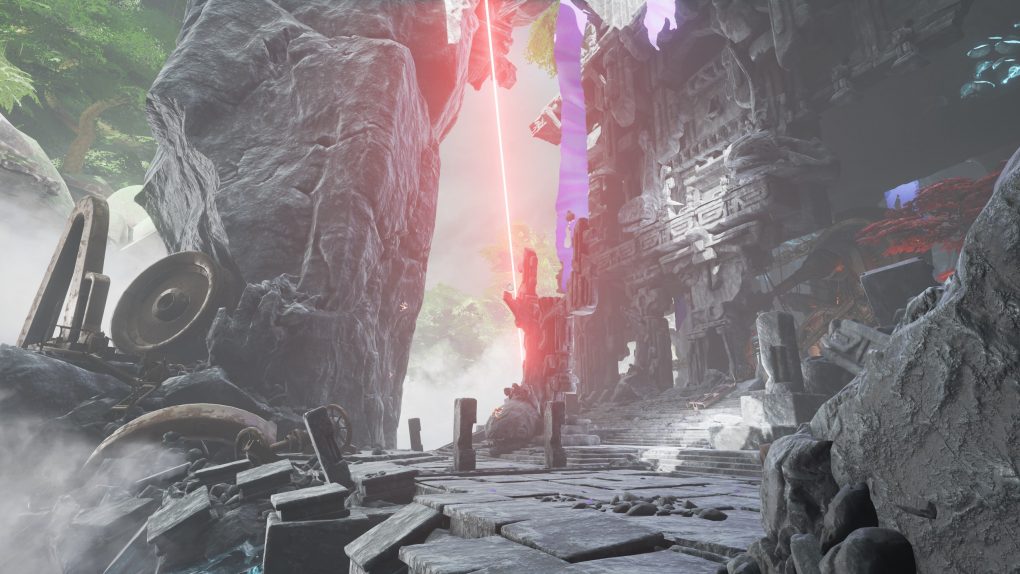
Obduction
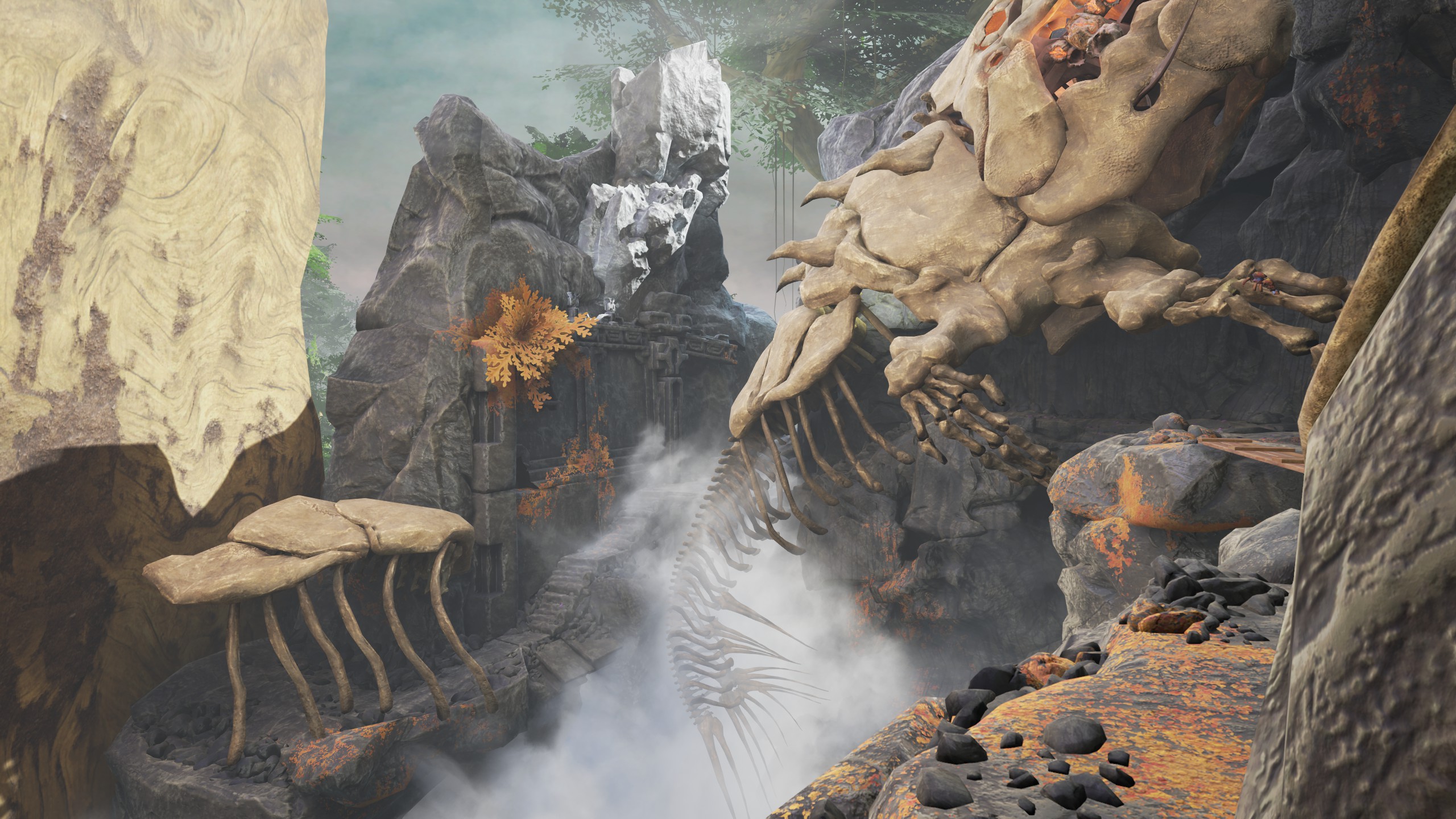
Obduction
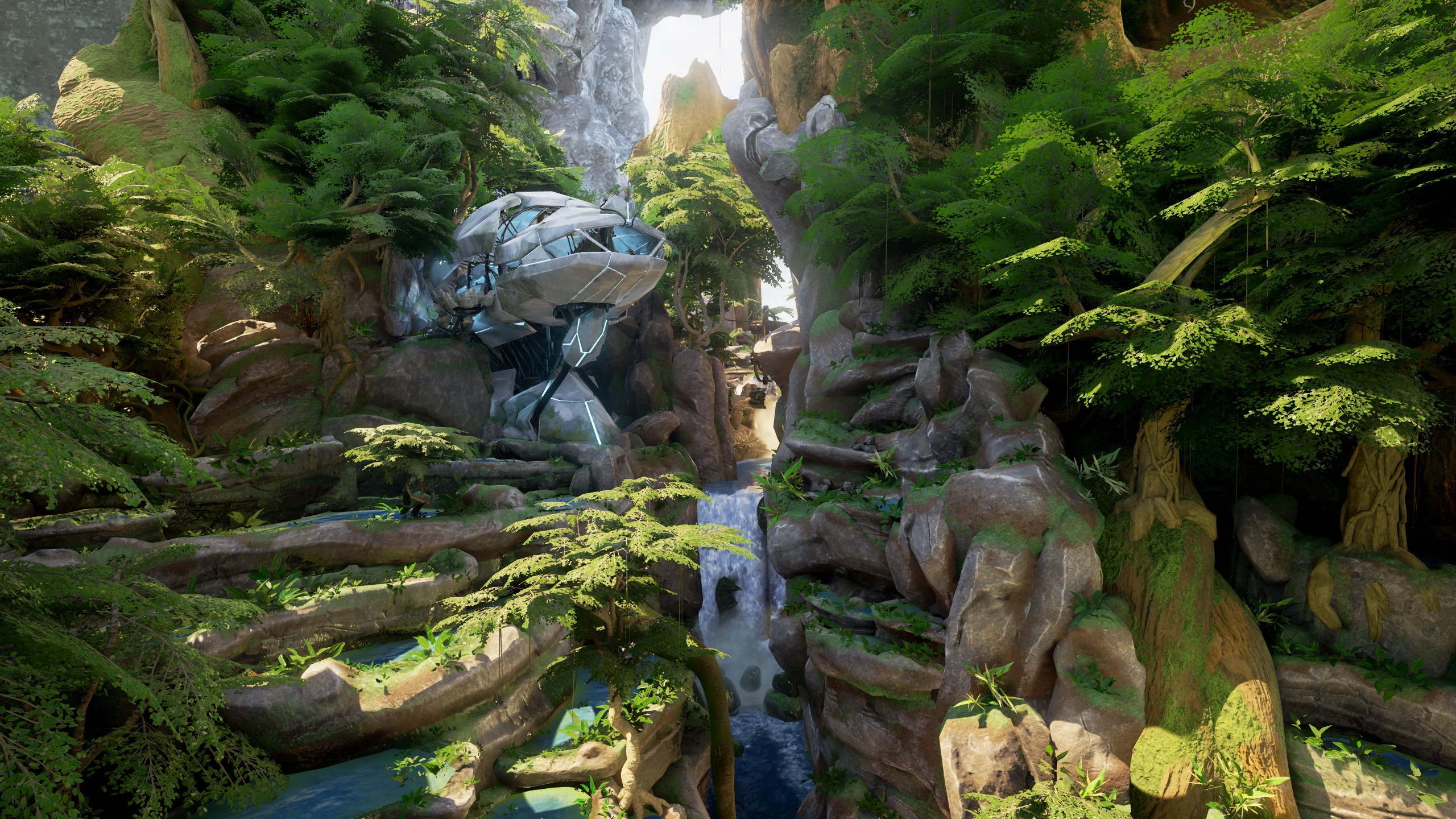
Obduction
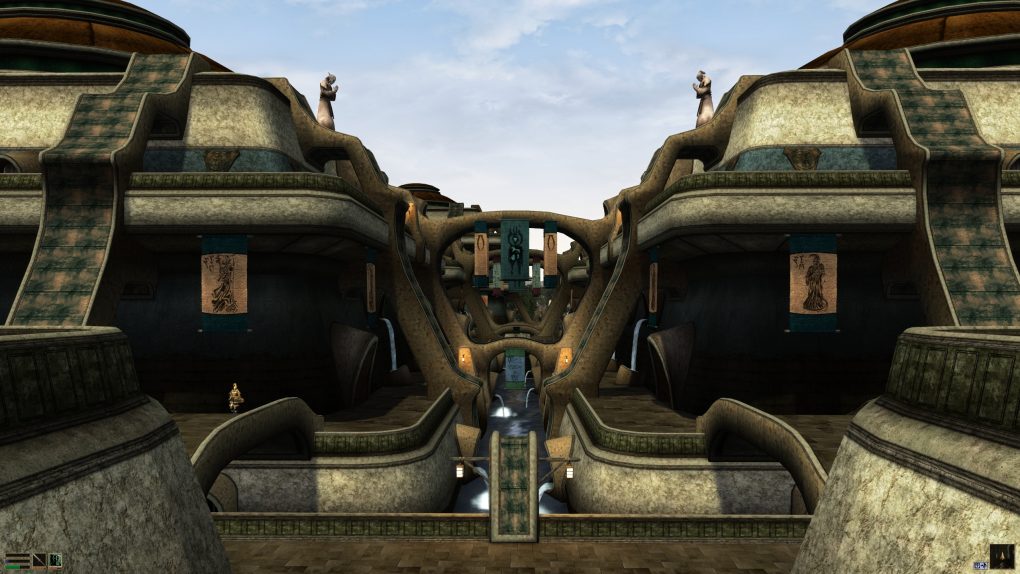
The Elder Scrolls III: Morrowind with the mods listed. One of my favorite screenshots of all time.
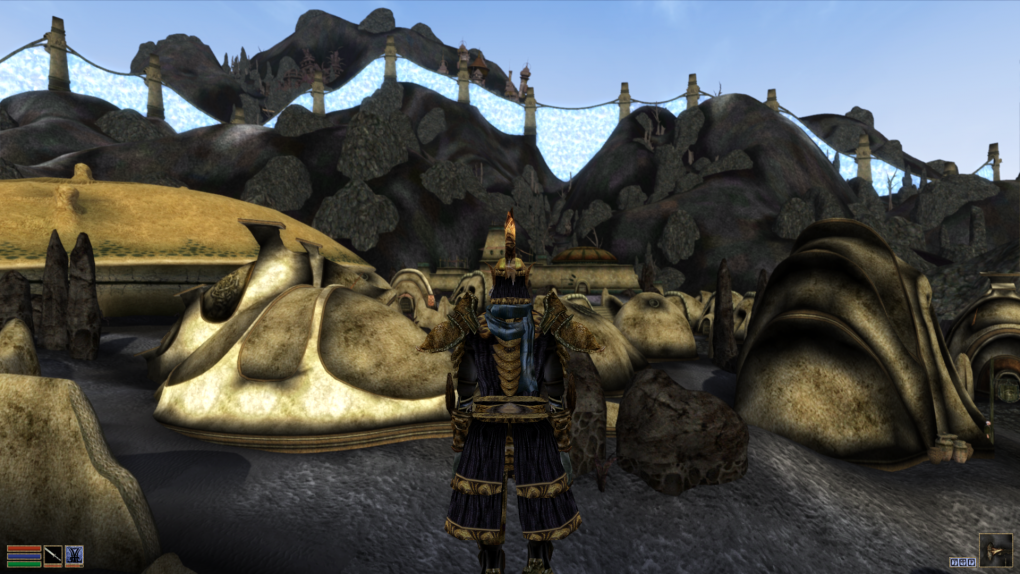
The Elder Scrolls III: Morrowind with the same mods as above.
Mouse & Keyboard
This is a universal request for all games being released on PC. Developers, make sure you design your games with good mouse and keyboard support. Unless it’s a racing game of course, and perhaps flight simulators are exempt from this too.
If you’re going to release a game on PC, make sure it supports PC gamers. It is that simple. Ignoring the fact that mouse and keyboard is less limited overall than controllers, and can handle more complex games more easily. Include raw mouse input, at least as an option, and sufficient ability to rebind keys (preferably with macro support, like the Arma and classic Thief games). Have a scheme that works well for mouse and keyboard, don’t forcefully bind too many functions to one key (a problem with games designed for controllers as controllers have a small amount of buttons and functionality). Keyboards have 60-108+ keys for a reason, make use of some of them!
But XInput support is also important. Not for controllers, a PC game doesn’t need to support them unless the game needs them (i.e. a fighting or sports game). But these days we have “analog” mechanical keyboards that make use of XInput to track how much a key is pressed, allowing for things like “analog” movement. Games need to support XInput and not go haywire when it thinks a controller is being used.
On a similar note, we have another universal request here. All games released on PC should get their resolution options from your GPU drivers, as plenty of games do. This way the game will support any resolution and refresh rate you can run. There is no good excuse for games not supporting 2560 x 1440 or larger (looking at you, Undead Labs), or 21:9 resolutions. Ultrawide lives matter!
An ongoing issue is that for large resolutions like 3840 x 2160 (UHD or 4k) and above, the UI becomes too small to read. Scaling must be included to avoid this. 4k is the future. Then 8k is the future after that.
Not only is UI scaling a universal must, many games need full UI customization. Let the player adjust UI opacity, adjust the position of individual HUD elements, disable individual HUD elements including the entire HUD. If a game has an inventory, that inventory better be extremely flexible and customizable, like SkyUI mod for The Elder Scrolls V: Skyrim. Not every game needs such UI customization however; some games are designed around a specific UI, namely horror games. Those from Frictional Games for example have no HUD, and the inventory system is so simple that there isn’t much to adjust. But most games need this amount of customization. See Neverwinter Nights 2, Deus Ex: Mankind Divided, ArmA 3, for examples of outstanding UI and HUD customization.
All developers just need to look at Croteam for inspiration. Look at all the options they include with their games, in addition to noteworthy polish and outstanding optimization. The Talos Principle is the game shown below. Spoiler tags included simply because there are a lot of screenshots.
Speaking of universal requests, how about using all of the technology discussed in this article? There aren’t really any good reasons not to use either Vulkan or DX12 (emphasis on Vulkan) as well as Steam Audio. And by use Vulkan or DX12, we mean design the engine/game primarily with Vulkan or DX12, and at this point don’t even bother with DX11 or OpenGL support. The opposite of what developers are currently doing.
But let us conclude this article on the next page.
Conclusion
Let’s try to narrow down every major point we’ve made to two or three sentences each, shall we?
Don’ts:
- Video games are a unique medium, do not try to just copy another (movies specifically, all the games pretending to be movies and not using the medium like Uncharted, The Last of Us, and the recent Tomb Raider games).
- Stop making mandatory quest markers, overly detailed quest logs that tell you exactly what to do and how to do it, and intrusive HUDs.
- Games trying to tell remarkable stories need to stop having so many black and white conflicts, characters, and “characters” that aren’t even characters due to a lack of development and exposition and originality.
- Stop making gameplay revolve entirely around the player; have other things outside of the player occurring in the world, have story elements that don’t revolve around the protagonist.
- Enough with the unbalanced synthetic difficulty, look for logical and statistical balance + superior AI to create a challenge. Often times it is a bonus to allow for a custom difficulty mode, letting the players define their own difficulty parameters like the Arma games.
- Invisible walls must never obviously impede the player. If a place looks accessible to the player, it had better be accessible. Find logical ways to stop a player from going somewhere. Single player games should seek to provide a virtual world, invisible walls belong to video game maps not immersive worlds.
Do’s
- Make storytelling interactive in some way, shape, or form. There is no set way to do this. Video games are interactive, storytelling shouldn’t be excluded from this.
- Involve gameplay in the storytelling process.
- Involve the game environment in the storytelling process.
- Make the game world as dynamic and interactive as can be, opposed to static and fake. This includes but is not limited to object interaction and physics interaction.
- Ensure there are enough gameplay elements, mechanics, and variety to last at least for the duration of the game. Avoid repetition, involve the player in different kinds of tasks, encounters, and situations throughout. Try to make most mechanics multidimensional instead of being able to used in only one way.
- Art design is even more important than graphics fidelity. Don’t skimp on either, especially art design. There is much more to “graphics” than just fidelity.
- Include extensive mouse and keyboard support for games being released on PC, including raw mouse input support and the ability to rebind all functions to different keys (preferably with macro support too, like the Arma and classic Thief games). Do not bind too many game functions to one key. Keyboards have 60-108 keys for a reason.
- Resolution/refresh rate options in the game should come from the computer it’s installed on, thus supporting essentially all resolutions. 21:9 support shouldn’t be excluded. UI scaling must be present especially for resolutions such as 4k and above. Full UI/HUD customization should be included for most games.
- Use the technologies discussed please?
Come to think of it, no that isn’t sufficient. Anyone skipping straight to here must go back and read the rest of the article.
Feel free to leave any comments below!

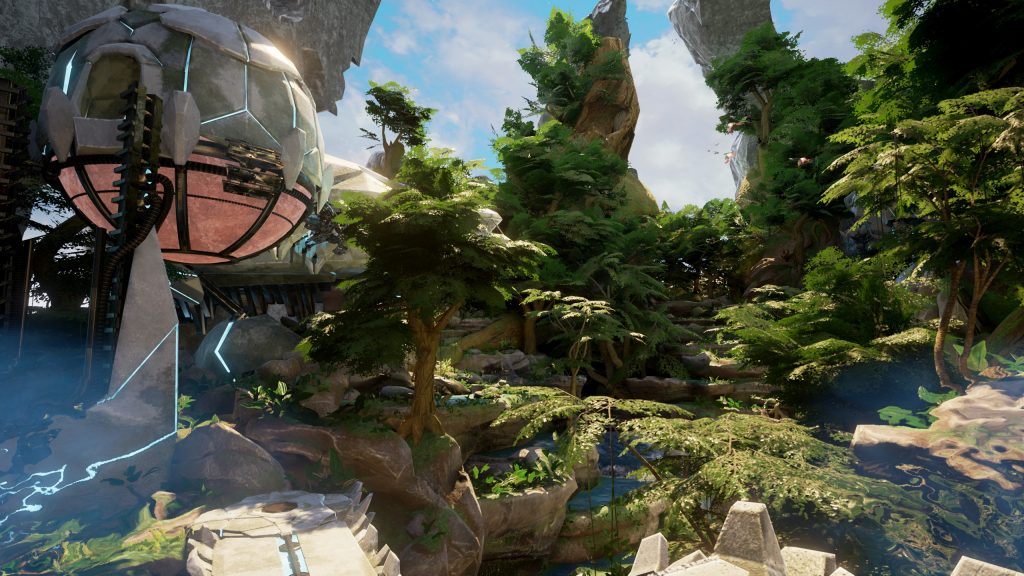
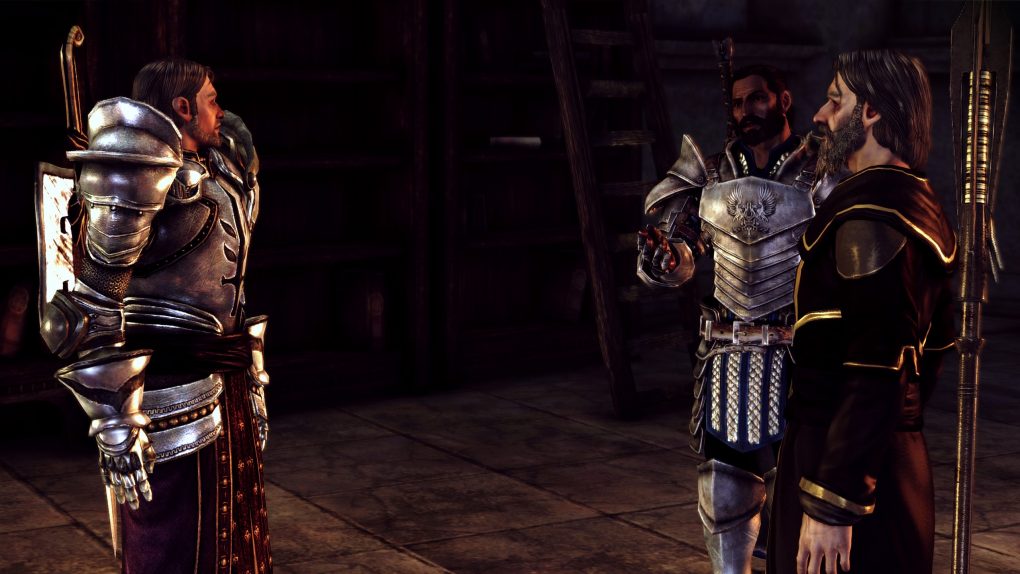






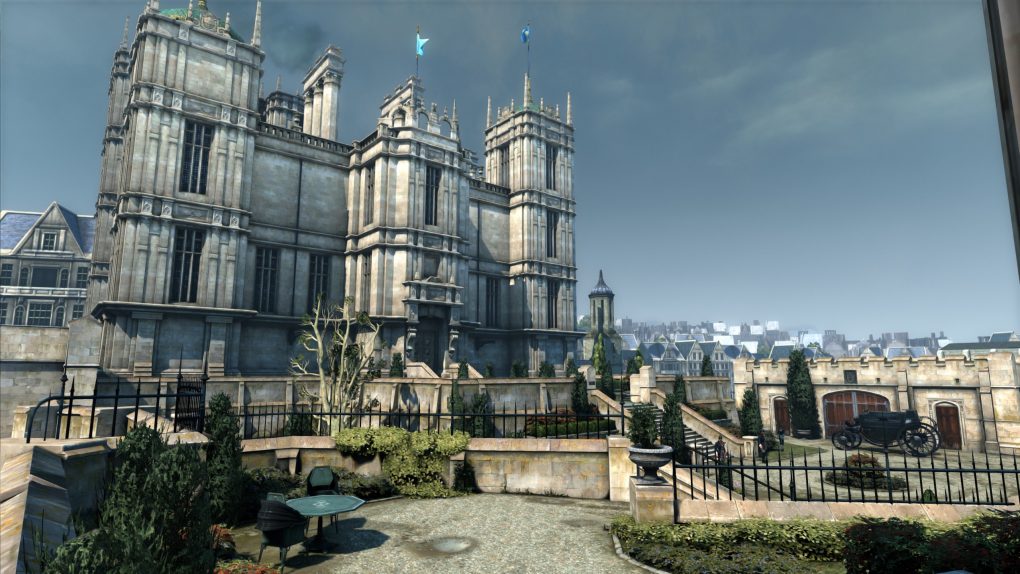
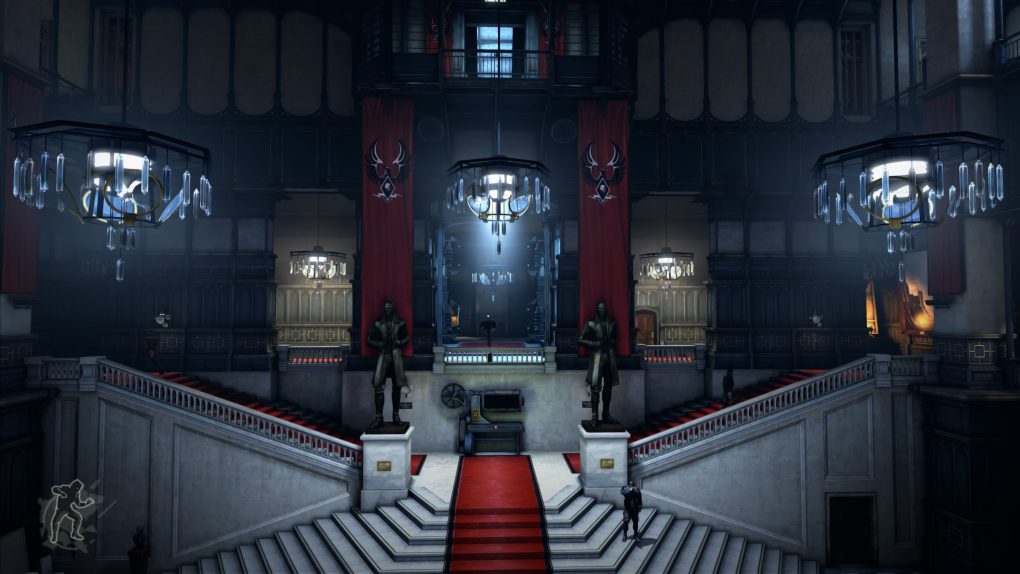
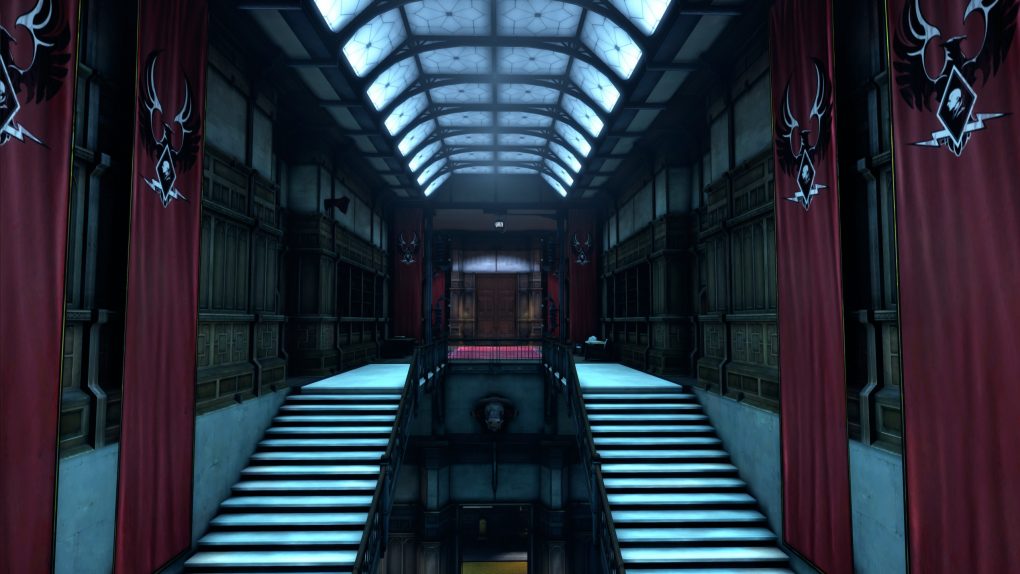
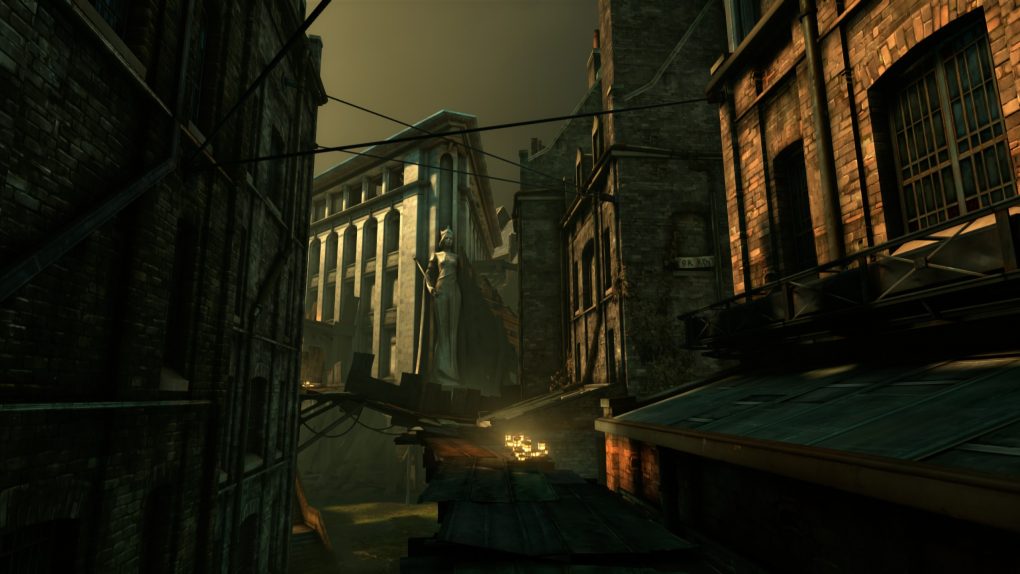

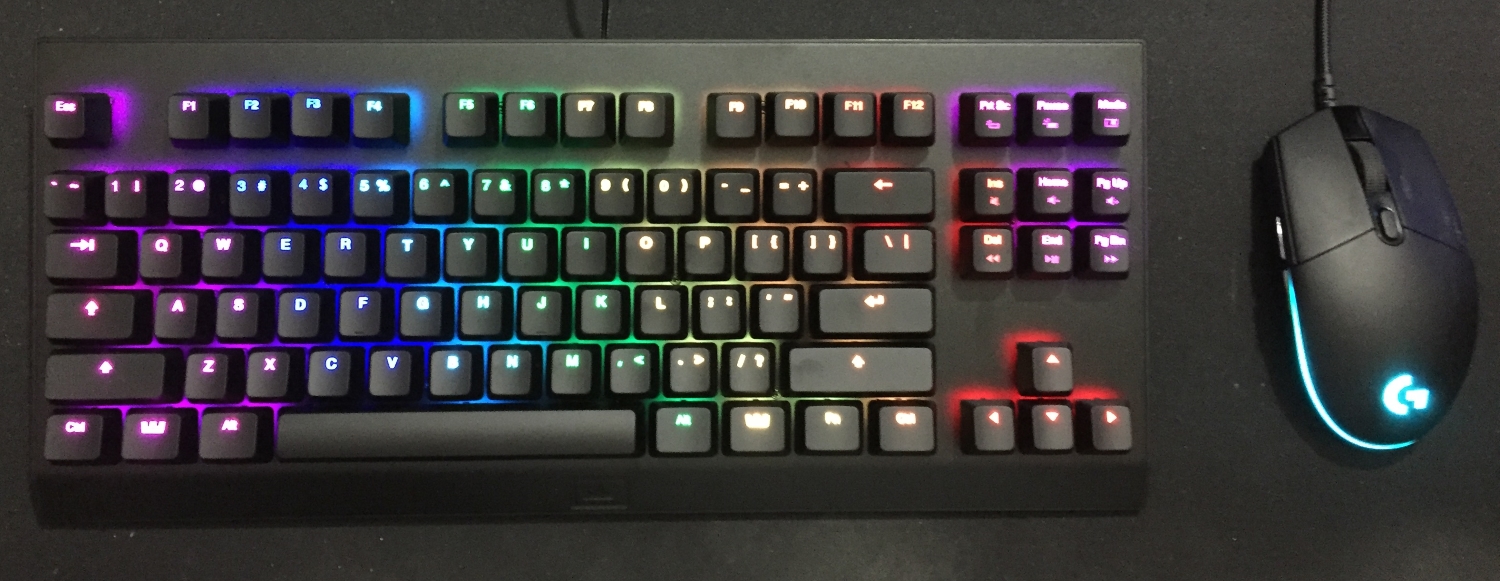
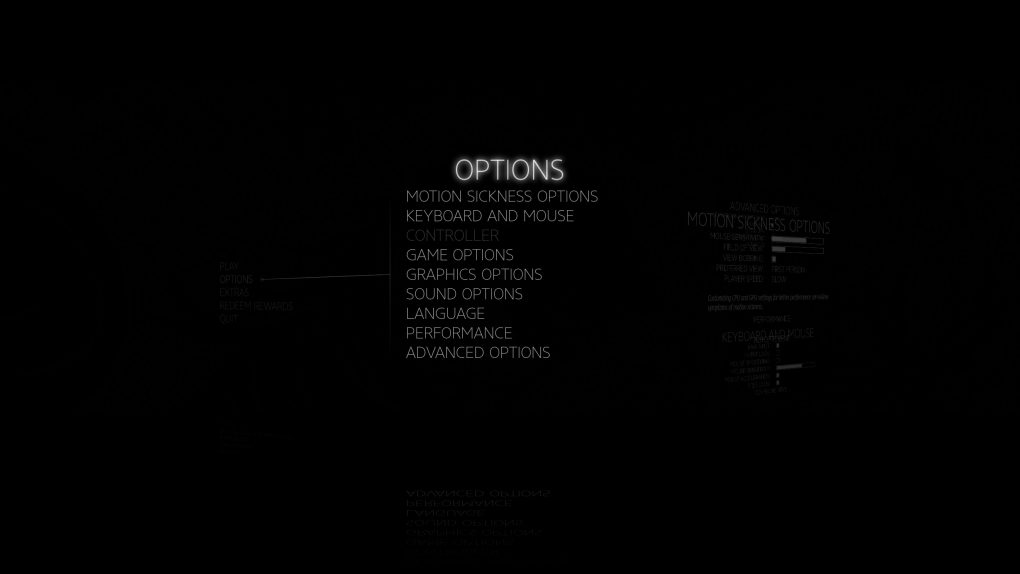
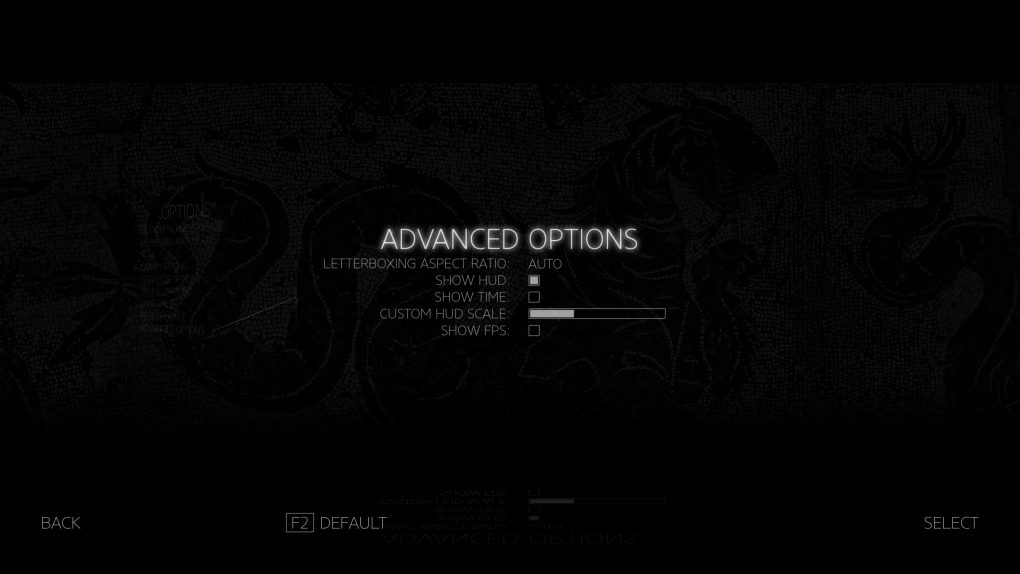
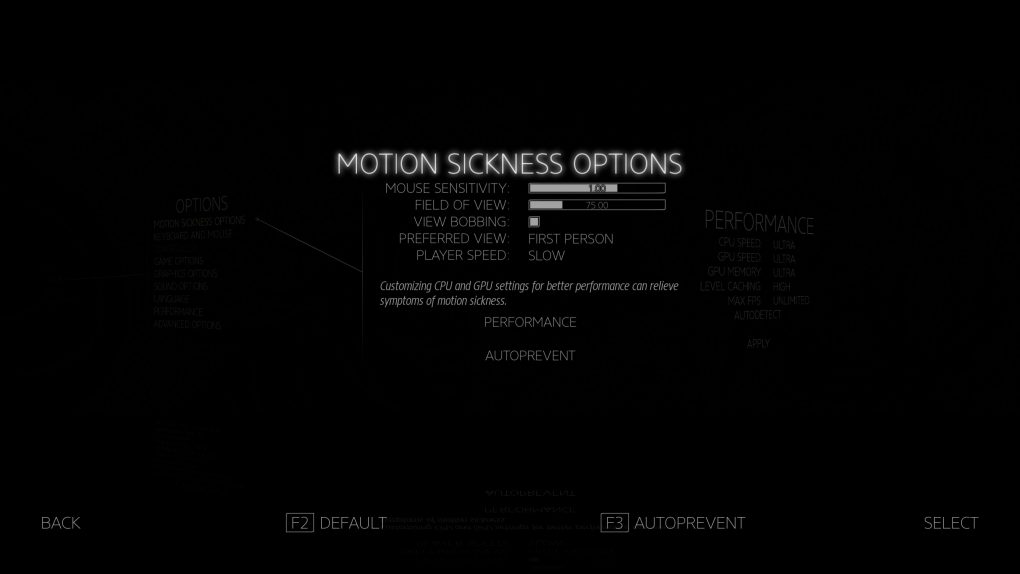
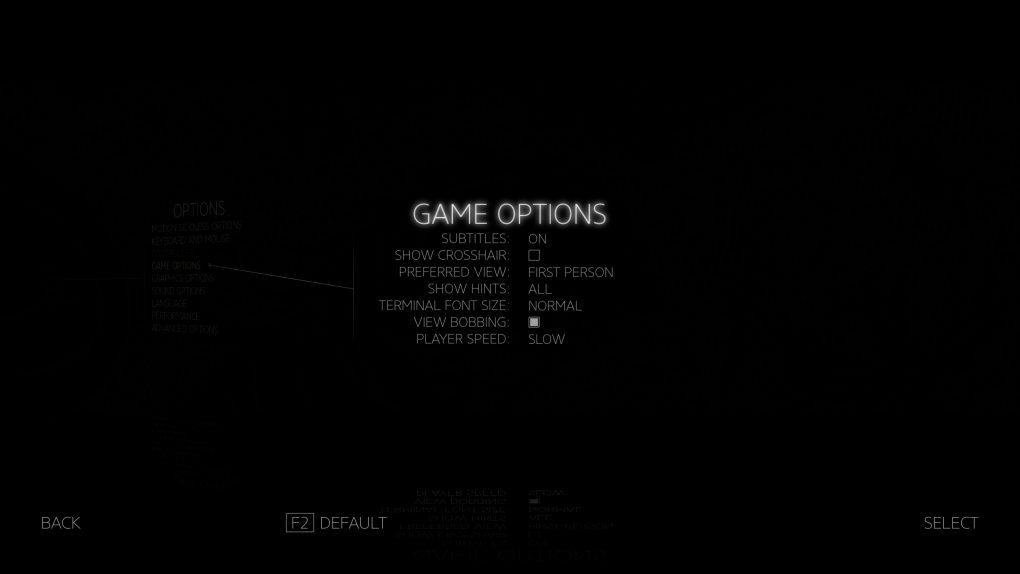
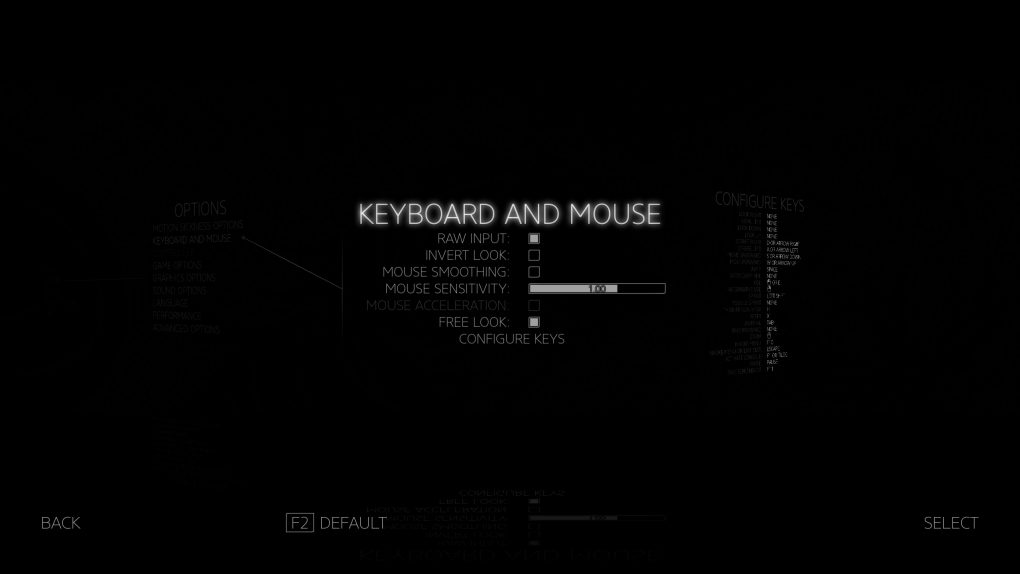

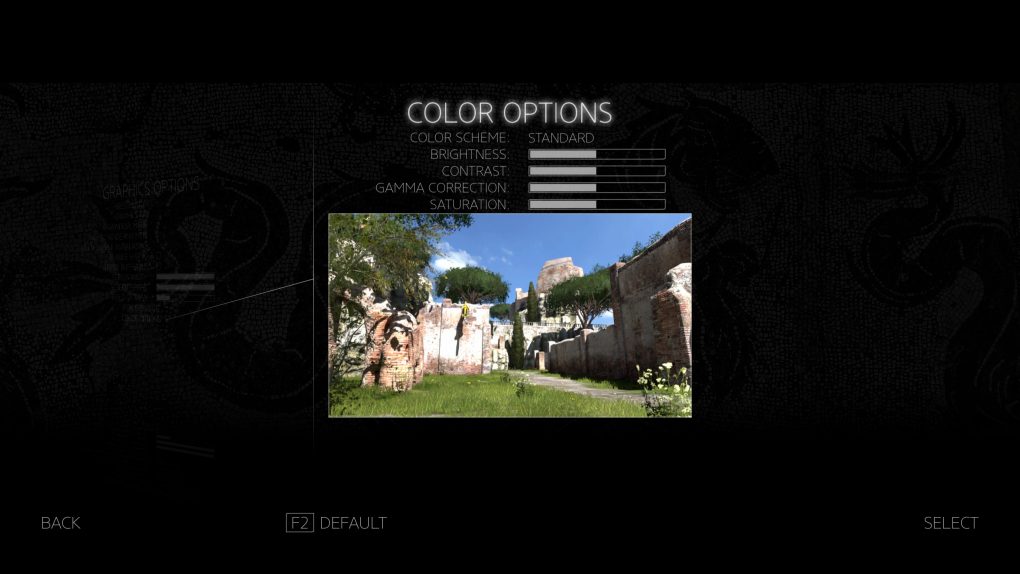


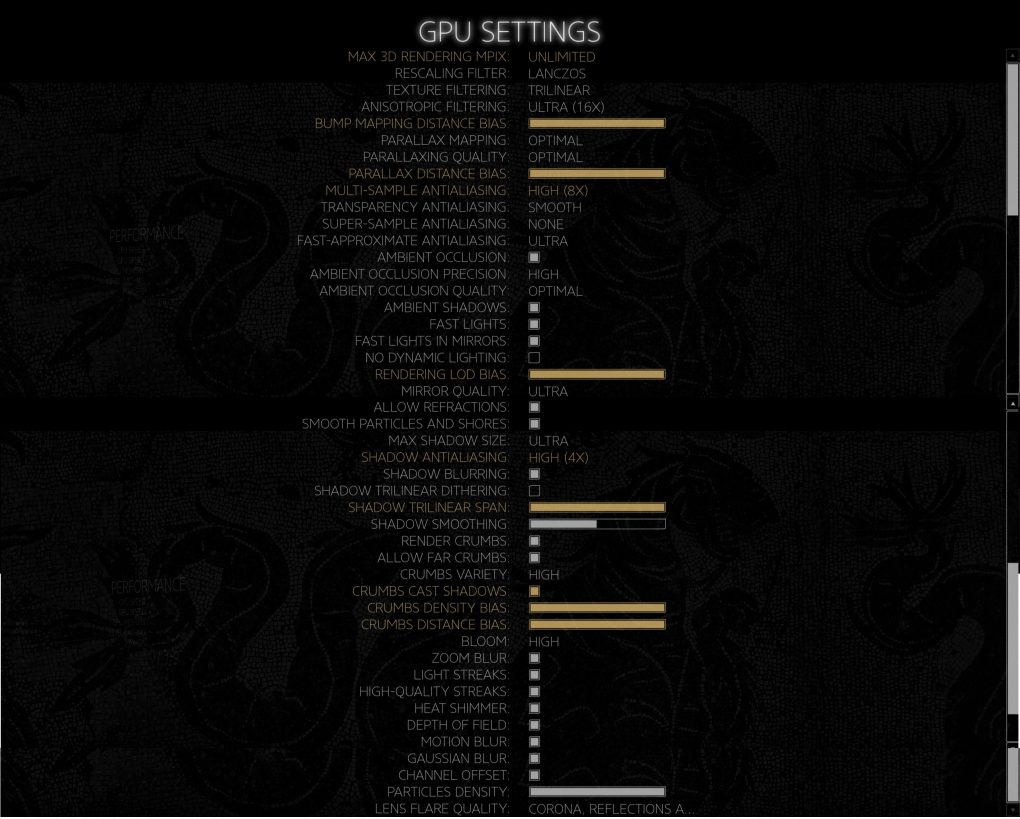
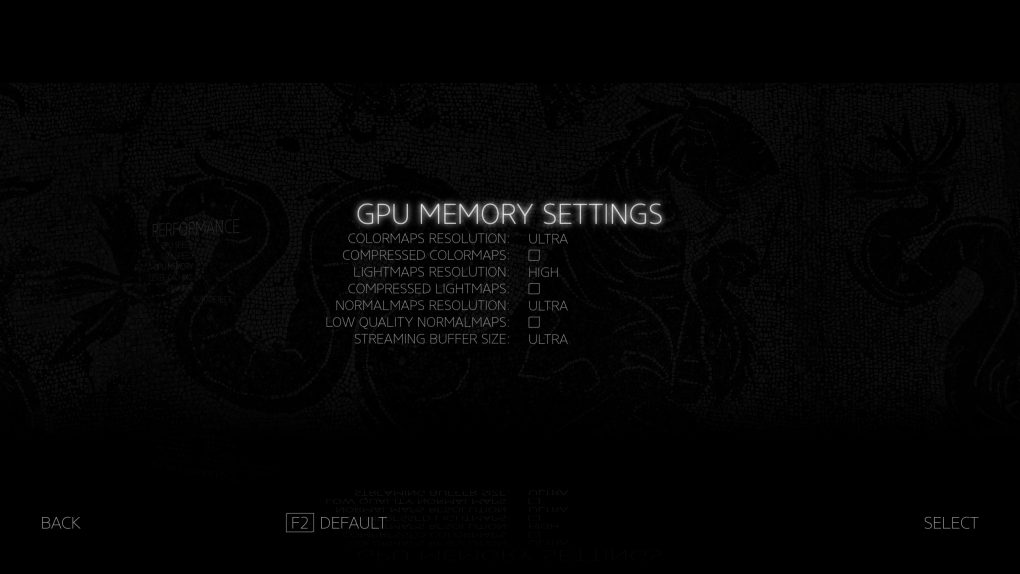


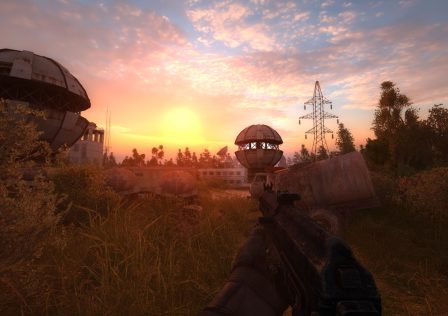
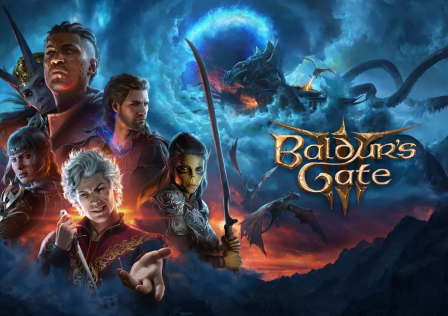
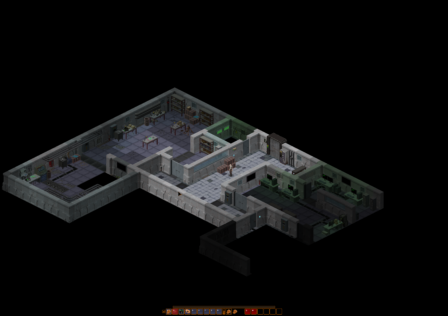

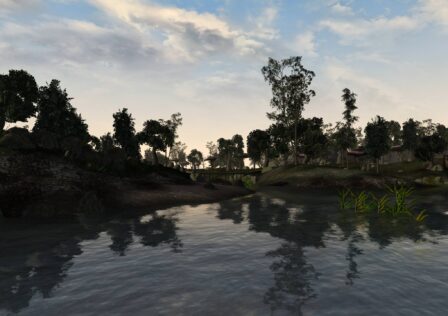
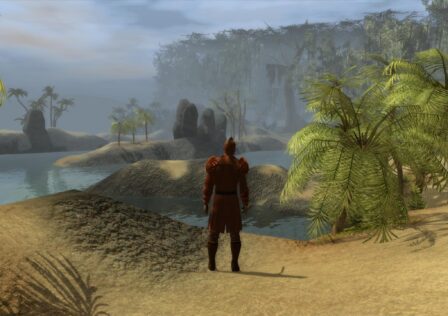

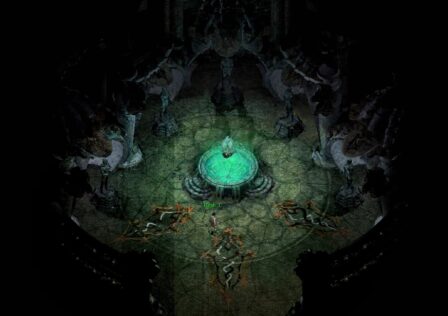

Also in Don’ts: stop with busywork content, not sure which one started it all (I suspect MMORPGs) but nowdays too many games are filled with FeDex quests without any context, twist whatsoever and it just keep going until you quest log throws up
Do : Verticality.
Many games focus on a single layer, we are in a 3D era, use that Z-Axis.
I went into SOMA knowing it had positive feedback, but it definitely wasn’t my preferred gaming style. Man was I converted. The story was captivating and like you said it’s about learning and using your environment to your advantage rather than using weapons like we typically see.
[…] games which dominate the industry. Only the very best games are winners here. See our article here to see how critical and true we are. Compare that to the reasoning that most sites gave for awarding Alien: Isolation game of the year: […]
[…] Single Player Game Design – Do’s and Dont’s […]